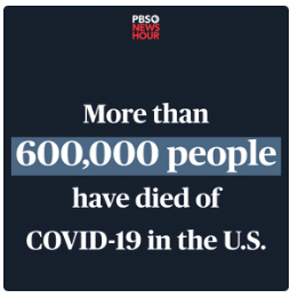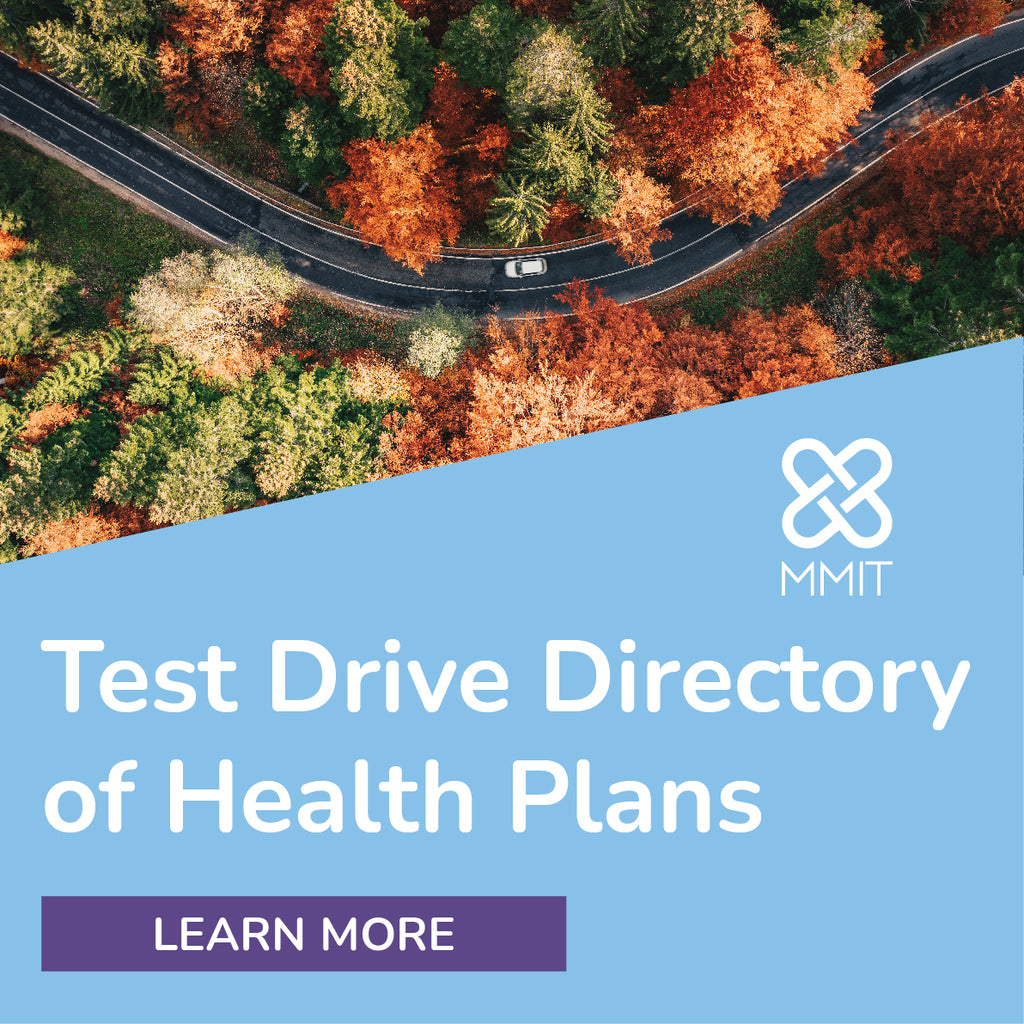Spotlight on Market Access
-
MA-PD Deductibles Up, PDP Options Down Amid Big Policy Changes in 2025
Policy changes to the Medicare Part D benefit that were included in the Inflation Reduction Act, namely a $2,000 out-of-pocket drug costs cap, will lead to lower out-of-pocket spending for some Part D enrollees but higher costs for Part D plans overall in 2025, according to a KFF analysis.
Six in 10 enrollees in Medicare Advantage Prescription Drug (MA-PD) plans will be in a plan that charges a deductible for drug coverage if they stay in their current plan, compared with just 21% in 2024. The average drug deductible charged by MA-PD plans will increase four-fold from $59 in 2024 to $225 in 2025. In addition, a larger share of MA-PD enrollees will be in plans charging coinsurance rather than flat copayments for preferred brands and nonpreferred drugs: 28% will be required to pay coinsurance for preferred brands versus 2% in 2024, and 57% will face coinsurance for nonpreferred drugs versus 11% in 2024.

-
CMS’s $40B GLP-1 Proposal Offers Leeway for Part D Plans to Define Obesity
Acknowledging the growing prevalence of obesity in the U.S. and its existence as a chronic disease, CMS in its proposed Medicare Advantage and Part D rule for the 2026 contract year included a landmark provision to expand Medicare and Medicaid coverage of anti-obesity medications (AOMs). The proposal opens the door to more Part D coverage of costly glucagon-like peptide-1 (GLP-1) medications — which are now covered for the treatment of Type 2 diabetes or major adverse cardiovascular events — and industry experts question how sponsors will determine eligibility and control what’s likely to be a significant increase in costs.
-
Warranties Can Help Mitigate Risk for Payers, Manufacturers Alike
As manufacturers continue to bring more advanced therapies onto the U.S. market, payers are grappling with how to afford these agents. And while the products may be life-changing for some patients, they may not have the desired outcome in others, leaving payers on the hook for an unsuccessful treatment. This has resulted in various contracting opportunities, including warranties.
While such agreements can make payers more confident in their coverage of treatments, particularly high-cost ones and products whose effectiveness or durability are uncertain, they also are beneficial for pharma companies, which are seeing utilization of their therapies.
-
MMIT Payer Portrait: Intermountain's Select Health
Select Health is the wholly owned health insurance unit of Intermountain Healthcare, a Salt Lake City-based health system of 33 hospitals. Select Health is the largest insurer in Utah and also has a presence in Idaho, Nevada and Colorado. The majority of Select Health’s members are enrolled in commercial risk-based products, with the insurer holding a robust Affordable Care Act exchange presence in Utah and Idaho, leading both states' exchange markets. Select Health also holds a Medicaid contract in Utah and has expanded its Medicare Advantage presence in recent years. Intermountain successfully merged with Colorado system SCL Health in 2022 and spearheaded the founding of Civica Rx, a nonprofit generic drug manufacturer that focuses on drugs in short supply or those with high mark-ups.
-
Even at 10% Discount, Eylea Biosimilar Pavblu Offers Lower-Cost Option
Although the FDA has approved five biosimilars of Regeneron Pharmaceuticals, Inc.’s best-selling Eylea (aflibercept), patent infringement lawsuits by the drugmaker have kept those competitors off the U.S. market — until now. Following a successful defense of its Pavblu (aflibercept-ayyh), Amgen Inc. recently launched the drug at risk. The agent is entering an increasingly crowded therapeutic class, but it’s one that’s also costly for payers, which may be seeking some savings, say industry experts. But is its price good enough to pull market share?











